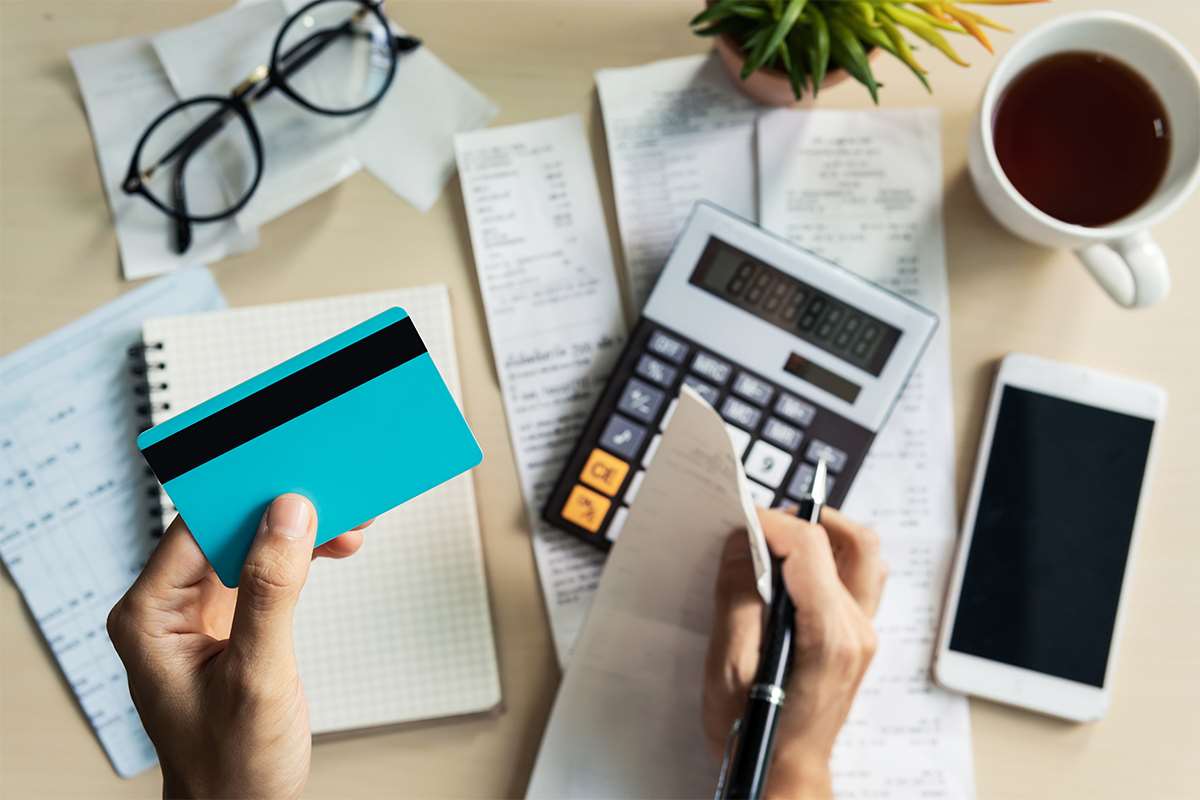The general ledger gives a breakup of all accounting activities by account. This gives the bookkeeper the ability to monitor balances and positions by account. An example of an account in the general ledger is the cash account which shows the total inflows and outflows relating to that account during an accounting period. From identifying transactions to preparing financial statements, the 8 steps in the accounting cycle ensure accurate record-keeping.
The 8-step process
Financial statements have a management review and QuickBooks Accountant approval process before they are issued. Use the report to make sure that the sum of the total debits vs. total credits balance and analyze it for later making adjusting entries as corrections. With the transfer of all entries to the general ledger, the next step is to create a trial balance to ensure total debits tally with the total credits for the accounting period.
Journalize and post the closing entries:
Therefore, the adjusting journal entries are prepared in order to recognize expenses and revenues that were incurred or earned but have not been recognized in the accounting book. Your accounting type and method determine when you identify expenses and income. For accrual accounting, you’ll identify financial transactions when they are incurred. Meanwhile, cash accounting involves looking for transactions whenever cash changes hands. A business can conduct the accounting cycle monthly, quarterly or annually, depending on how often the company needs financial reports. The post-closing trial balance will only include accounts from the permanent balance sheet because all temporary accounts will have zero balances.
Step 2: Recording Journal Entries
The accounting cycle focuses on recording and reporting historical financial data for a specific period, whereas the budget cycle involves planning and forecasting future financial activities. While the accounting cycle deals with actual transactions and prepares financial statements, the budget cycle sets financial goals and allocates resources for upcoming periods. Both cycles are essential for comprehensive financial management but serve different purposes.
- At the end of an accounting period, Closing entries are made to transfer data in the temporary accounts to the permanent balance sheet or income statement accounts.
- All popular accounting apps are designed for double-entry accounting and automatically create credit and debit entries.
- The process ends with closing temporary accounts and starting a new cycle.
- Your business can pay global supplier invoices in 200+ countries and 120 currencies using large batches (that show cash requirements) and 50+ EFT choices.
- This approach is also more efficient than a manual accounting system, requiring significantly less labor per transaction.
Balance Sheet
By systematically following the steps of the accounting cycles accounting cycle, businesses can identify areas for improvement and optimize their operations. This process provides stakeholders with accurate and timely financial information, which is critical for making informed decisions. The second step of the accounting cycle steps is to use journal entries for each transaction.
This gives both you reliable data to evaluate performance, identify trends, and make informed decisions. The accounting cycle also plays a vital role in maintaining internal controls, which are procedures designed to safeguard assets, ensure accurate reporting, and prevent fraud. Steps like reconciliation, trial balances, and adjusting entries are integral to these controls.
- The accounting cycle involves various steps, and one of the critical steps is posting transactions to the ledger.
- For example, all entries relating to sales are recorded in the sales account.
- Modern software also provides real-time data for better financial management and analysis.
- Modern technology now allows businesses to automate significant portions of the accounting cycle, enhancing accuracy while reducing workload.
- Creating an accounting process may require a significant time investment.
Best accounting software for automating the accounting cycle
Record in the appropriate accounts in the accounting database the amounts noted on the business document. This may involve recording transactions in a specific journal, such as the cash receipts journal, cash disbursements journal, or sales journal, which are later posted to the general ledger. These postings are needed for the next set of activities in the accounting cycle, as described next. This final trial balance is generally referred to as the post-closing trial balance. Its format is similar to that of an unadjusted and adjusted trial balance. However, it lists only permanent accounts because all temporary accounts get closed in step 8 above.
Financial Cents’ Recats can help you quickly review, categorize, and clear these transactions so they’re accurate before moving to the next step. In this guide, we explain the full accounting cycle, and show you how to manage it better with automation. It affects the revenue, expenses, and ultimately the net income or loss reported. For example, if a company purchases equipment for $10,000, it might debit (increase) the “Equipment” account and credit (decrease) its “Cash” account by the same amount.
Accounting cycle optional steps
The length of each cycle bookkeeping depends on how often a company chooses to analyze its performance or is required to lay out its accounts. The 1st step of the accounting cycle is the identification of transactions. Proper categorization is crucial as it affects financial statement accuracy and business analysis. For instance, miscategorizing an expense as an asset would incorrectly inflate the company’s reported profits and asset value.
 Chile
Chile





